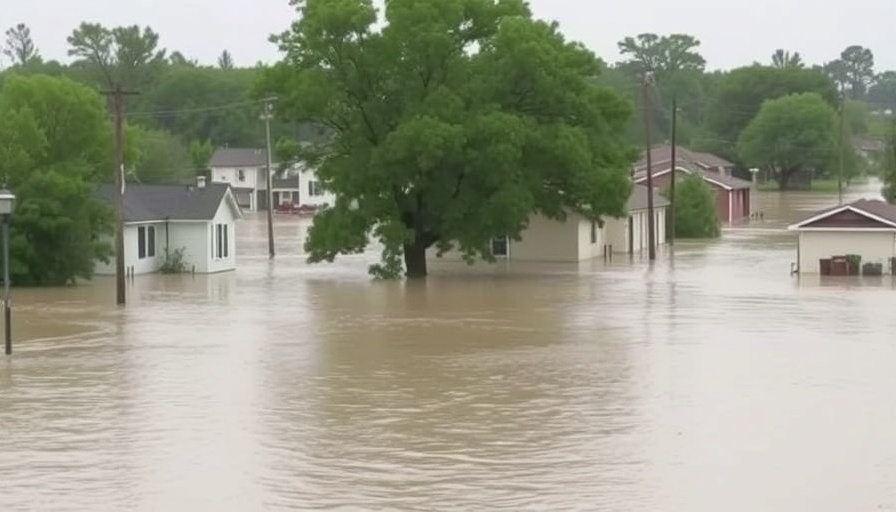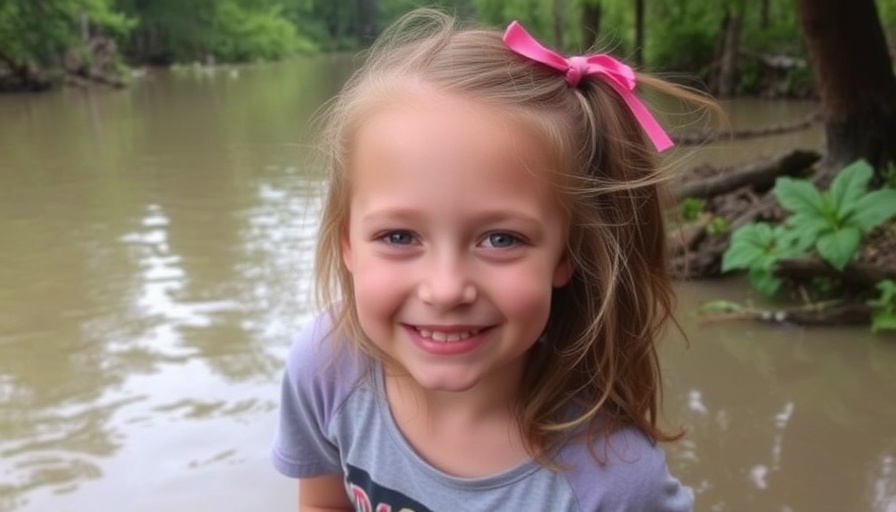
A Crisis in Texas: The Search for Missing Persons
As Central Texas grapples with the aftermath of devastating floods, officials are facing an arduous challenge: determining the accurate count of those missing amid the chaos. Currently, authorities have reported 161 individuals unaccounted for, amidst a tragic backdrop of at least 96 confirmed deaths, including 60 adults and 36 children. This relentless search for missing persons is underscored by the profound emotional toll on the local communities deeply affected by the floods.
The Difficulty of Accurate Counts
The number of missing individuals, however, may not reflect reality as clearly as one would hope. Following disasters, it is not uncommon for initial reports to be inflated by confusion, misinformation, or even duplicate listings. Historical comparisons reveal that miscounting tends to occur regularly post-disaster: after California's Camp Fire in 2018, many individuals reported as missing were eventually located unharmed. Similarly, the Maui fire statistics experienced drastic revisions, where the initial missing count was significantly higher than the final tally. This pattern illustrates the complexities and challenges emergency responders face when compiling lists of missing persons.
Challenges in Communication and Reporting
Officials from the Texas Department of Public Safety, led by Freeman Martin, emphasized their commitment to an accurate headcount. Despite their best efforts, the confusion that ensues after a disaster can complicate communication channels. Residents are being urged to utilize a dedicated phone number and email address to report anyone missing or to clarify previously reported individuals, reflecting a proactive attempt to mitigate the mismatch in information. Understanding that several hundred individuals were once reported missing highlights the urgency of streamlining these communication efforts, ensuring that families receive the most accurate updates possible.
The Human Element: Stories from the Flood
The human cost of these floods transcends mere statistics, resonating deeply within affected families and communities. Five campers and their counselor from Camp Mystic, for instance, represent more than just numbers; they signify the pain of uncertainty and the hope for resolution. Personal stories from families searching for their loved ones further illustrate the emotional landscape left in the wake of the floods. The anxiety, sorrow, and searches impact not only those missing but also the entire community, fostering a poignant reminder of the interconnectedness during crises.
Lessons from the Past
The current situation in Texas serves as a critical case study for future disaster response. Looking back at previous disasters, there are distinct lessons to be gleaned regarding accounting for missing persons. Policymakers and emergency responders could better prepare for such tragedies by examining patterns of miscommunication in past disasters. Establishing effective clearinghouses for information and utilizing technology to streamline missing persons reports can enhance coordination and response efforts in real-time.
Conclusion: A Call for Community Support
In the face of tragedy, communities often come together, demonstrating resilience and solidarity. As Texan officials continue to work tirelessly in the aftermath of the floods, their success relies on accurate data collection and community involvement. For individuals in the area, adhering to available channels to report updates or missing persons can make a significant difference in this challenging time. The focus must remain not only on recovery but also on ensuring that every voice is heard and every life counted during these trying times.
For more information on how to assist or report a missing person, reach out via the established contact lines. The effectiveness of these efforts relies on community participation and cooperation.
 Add Row
Add Row  Add
Add 




 Add Row
Add Row  Add
Add 


Write A Comment